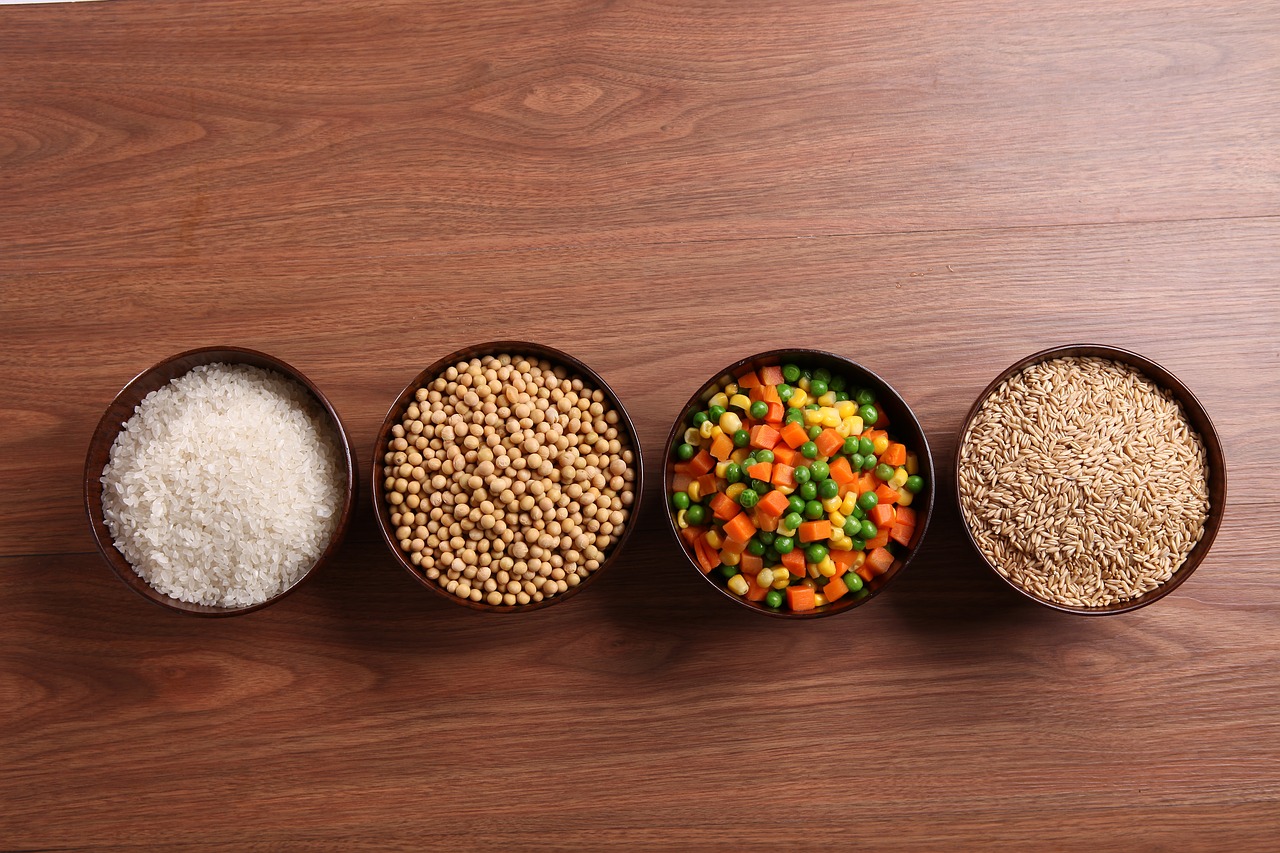Going for a plant-based diet doesn’t mean eating bland and boring meals. Here are some tips you can follow to get you started
A few months ago, I was reading an article about the book “The China Study” by T. Colin Campbell. In his work, the author (who’s also a biologist) dissects the impact of animal proteins and processed foods on our well-being and how we can improve our health through a whole food, plant-based diet (WFPBD).
I was intrigued by the concept so I decided to join Campbell’s online course at Cornell University of Oxford.
The semantics behind WFPBD
Whole foods are unrefined, unprocessed, and unbleached like whole grains, nuts, brown rice, and brown sugar. Plant-based, on the other hand, are all the food, vegetables, and fruits that are non-animals.

During the online course, I found out that the diet was quite extreme. It prohibits anything with sugar, refined or processed food, and any kind of oils or fats—including my beloved olive oil, which is quite tricky for a Mediterranean chef like me. It also suggests zero meat. I have no problem with this since I often work with meat-free protein like Quorn.
Making choices
Life is a matter of choices, so I didn’t follow everything mentioned in the course. I adopted some of its practices though to create my own version of a WFPBD. With this, I can still eat fish and use olive oil if I wish. I also didn’t have to be vegan or vegetarian to follow the tenets of the diet.
I decided that it’s more about improving my eating habits and drifting to healthier meals. I made sure that it fits my lifestyle and still matches my needs and cravings. After a few weeks or so, I was able to sleep better, feel more energized, and enjoy an eco-friendly way of eating.
Starting softly
I started having a Marie Kondo moment in front of my cupboards and removed all the processed and canned goods I didn’t need. I asked myself, “Do I really want this or am I just addicted to the hidden sugar and saturated fats in my pack of biscuits?”
Anything canned contains sugar and chemicals no matter what the label says so I removed all “white” goods from my pantry since they’re usually bleached—therefore, processed. I now use unrefined brown sugar and brown, black or red rice instead of white. Same goes with flour.
I also got rid of canned beans, veggies, and herbs for dry or fresh ones. Grains, nuts, and seeds are a perfect substitute to rice and pasta so I keep plenty of them in my cupboard as well.
Keeping them fresh
You can easily keep your veggies and fruits in the fridge. But for avocados or strawberries, I usually mash them with lemon before storing. Same with tomato purée and grated and blanched carrots—they can be kept in the fridge just like most veggies as long as you follow the right steps to freeze them.
Fresh herbs can also be preserved for many months in a sealed ziplock bag if stored in the freezer. Just make sure to wash and pat them dry before doing so.
[READ: How to freeze vegetables without losing their flavor and nutrients]
Changing cooking habits
Going for a plant-based diet doesn’t mean eating bland and boring meals. Here are some tips:
To preserve the taste and texture of my veggies, I usually don’t boil them. Boiling also drains all the vitamins and minerals so I sauté or steam them instead. And if you’re totally off fats, I suggest you first sauté spices like cumin or paprika in a non-stick pan before adding the veggies and herbs. I do the same for soups—I roast all veggies in the oven with herbs and spices before adding them in boiling veggie broth. This technique absolutely enhances the taste.
Marinades are also a great way to upgrade your veggies. My favorite marinade is Dijon mustard mixed with crushed garlic and parsley. It’s actually my secret weapon in the kitchen. Besides marinades, I also use it to thicken sauces in stews. Plus, I usually sauté some nuts with spices to bring in some crunchiness to my dish.
Following WFPBD-friendly recipes
To start off your journey, I’ll share some of my favorite recipes. These dishes are part of my daily eating routine as they are healthy and easy to make.
Soups and pasta
My grandmother introduced me to Syrian lentil soup, which uses coral lentils boiled in veggie broth or water with parsley and blended after. After blending, I top the soup with roasted garlic and squeezed lemon. I also do creamy squash soup by roasting the pumpkin in the oven with parsley, garlic, and paprika, transfer it off to the blender, then top it with roasted almonds. When craving pasta, I slice zucchini with a spiral slicer or mandoline and blanch them, then serve them with roasted almonds, garlic, and basil. You can add grated cheese or olive oil, too.
Garlic-lemon pork for meat lovers
My friends have always wanted to eat healthy but can’t give up meat so whenever I have them over, I marinate pork in lemon juice and crushed garlic a day ahead, sear them in a non-stick pan, then serve with lemon, pumpkin seeds, and mushroom adlai risotto. I always remind them to eat meat in moderation though.
Good ol’ apples and cinnamon
A meal isn’t complete without dessert so I usually just bake unpeeled but well-washed apples in the oven and top them with honey, almonds, and cinnamon.
The internet is actually loaded with more WFPBD-friendly recipes so you can just look them up and adjust them to your lifestyle. I still believe that pleasure is key to a healthy lifestyle though, so I make sure to treat myself once in a while with something I really like. There’s nothing significantly bad about pairing your pasta with a glass of wine, after all.